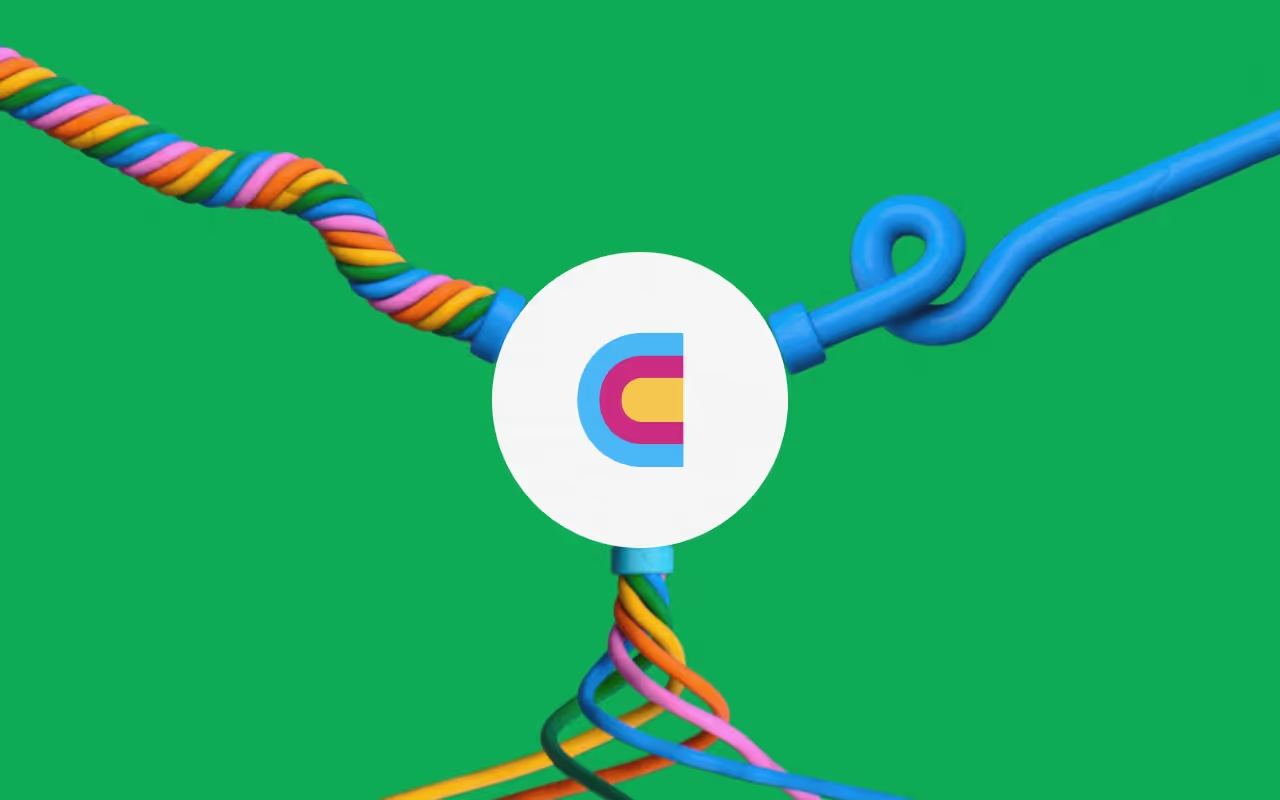CRM Reengagement Table
This campaign pulls in an existing list from the client's Hubspot or Salesforce Account. This list can be imported either from a CSV or from the native import feature in Clay.
Low Hanging Fruit is a term commonly used in sales that refers to leads that are most likely to convert. In theory, it'd be much easier to book a meeting with somebody who is already familiar with a client's company and their offering. This is why the re-engage can work well.
It's also a strong campaign because there's most likely existing data points about each prospect/lead that we can utilize in the copy. We'd run this campaign for a client pretty early on in our engagement with them especially if they have an existing inbound work-flow. The copy will reference whatever activity led to the prospect to be on the HS / SFDC list, whether that be a form-fill, a demo/meeting request, a meeting held, etc. A brief 1-liner overview of the client's offering should also be worked into the campaign. Additionally, referencing recent news or a problem the prospect may be facing that the client solves should be worked into the copy using AI prompting.
This generated us roughly 30 positive replies over the course or 2.5 months and 15 of those replies were meeting requests.
Learn with our resources
Check out Clay University, read our GTM blog, or try out our top templates to transform your growth ideas into outreach in minutes.





















